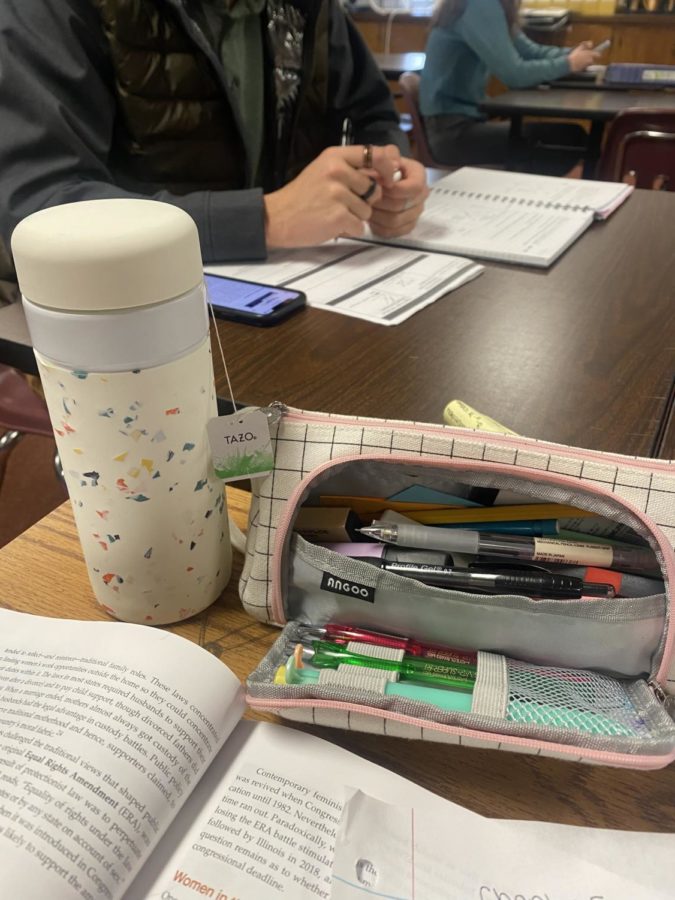It’s a long-standing tradition at Ashland High School, during the graduation ceremony, for girls to wear white gowns and boys to wear red gowns. Red and white are our school colors, after all, and it’s an easy way to split the colors up in a large group. While it’s not actually a rule, it’s something Ashland High School does unquestioningly, and people try to enforce it anyway.
The problem is, not everybody given a white gown is a girl, and not everybody given a red gown is a boy.
The school has records saved of everybody’s information. They get it at registration. It includes, among other things, your name, your age and your sex. This is a problem because for some people, their legal sex does not match up with their gender.
Unfortunately, some students are therefore given a gown of the wrong color, often despite the fact that they ordered the color they wanted. Even though the website to order through asks your gender among other specifications, there is still a chance that a boy could end up with a white gown, or a girl with red. This can, understandably, make students uncomfortable, and it’s difficult to come out and specifically ask for the other color. While nobody has the right to question anybody about this topic, that doesn’t always stop people from being invasive, even unintentionally, in their confusion.
On top of the possibility of giving seniors the wrong colors, this also raises another issue. What about the students who are neither, either or both? Is a student who does not identify as simply male or female supposed to be forced into one or the other?
Because it’s not a real rule to begin with, this is a simple problem to fix. The solution is to ignore the idea of gender entirely. Instead, it should be acceptable and expected for a person of any gender or sex to wear either color, and for the school to determine a more efficient and inclusive way to distribute the colors evenly. While splitting students alphabetically is not the smartest idea (seniors sit alphabetically at the graduation ceremony and there would be an abrupt break in the line), the school could instead give red to the first student in the alphabet and alternate down the line. Or, when students decide who they walk with at the ceremony, the pair could wear complimentary gowns.
Whatever the specifics, the solution to this problem is to eliminate gender and sex from the equation completely. For 2014’s graduating class, it would be difficult to pull off such a quick change of plans, but Ashland would do well to be more accepting and inclusive in the future.







